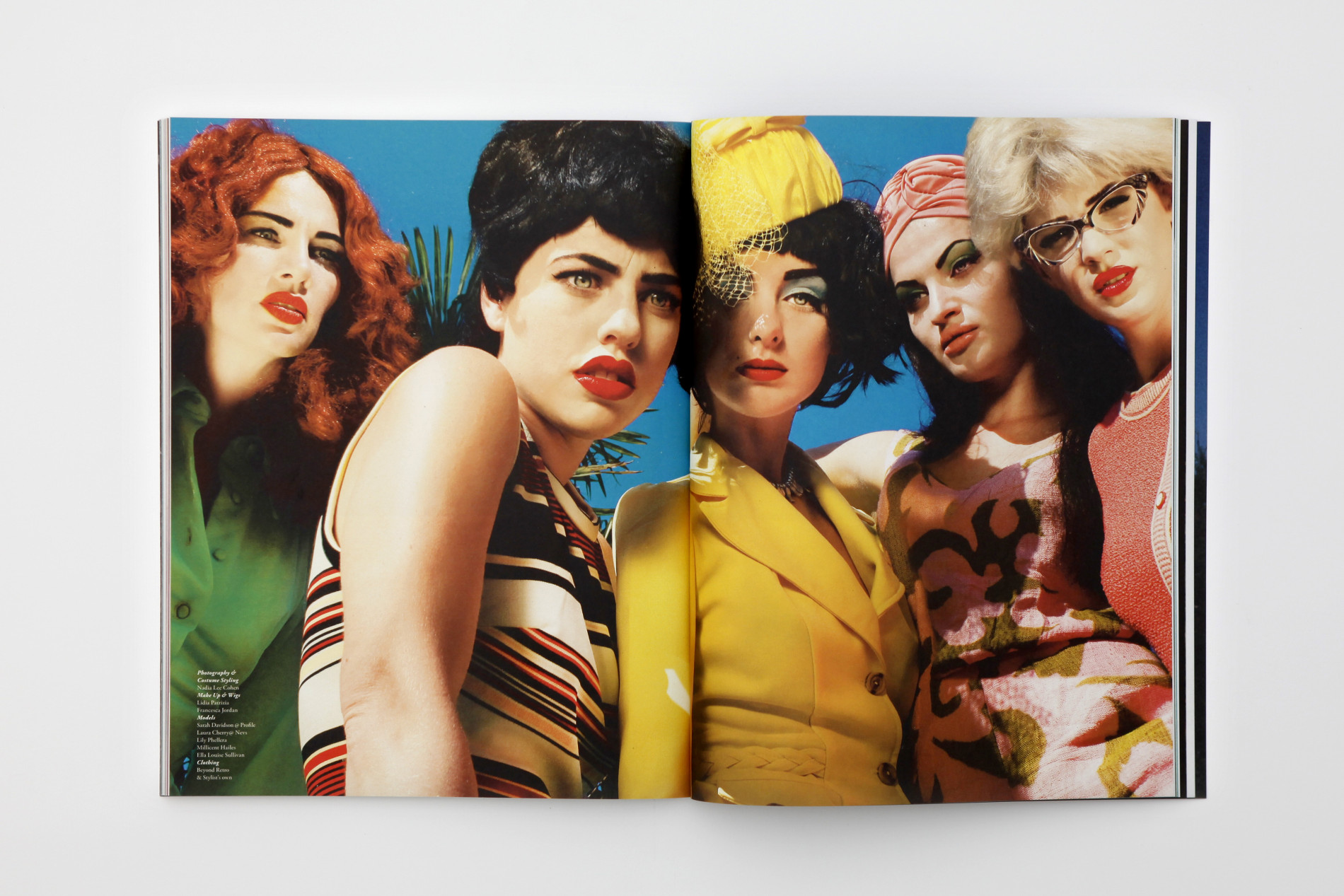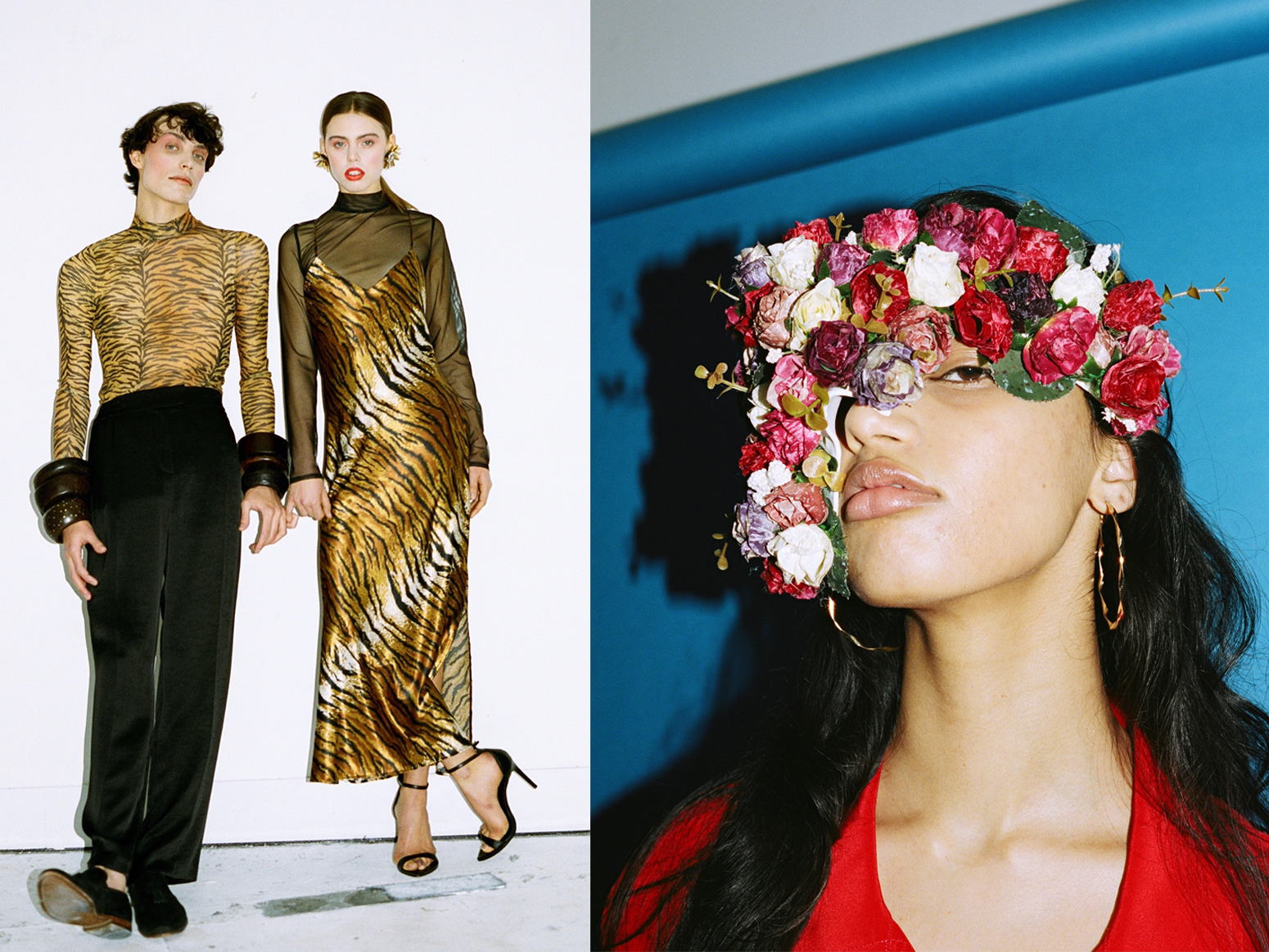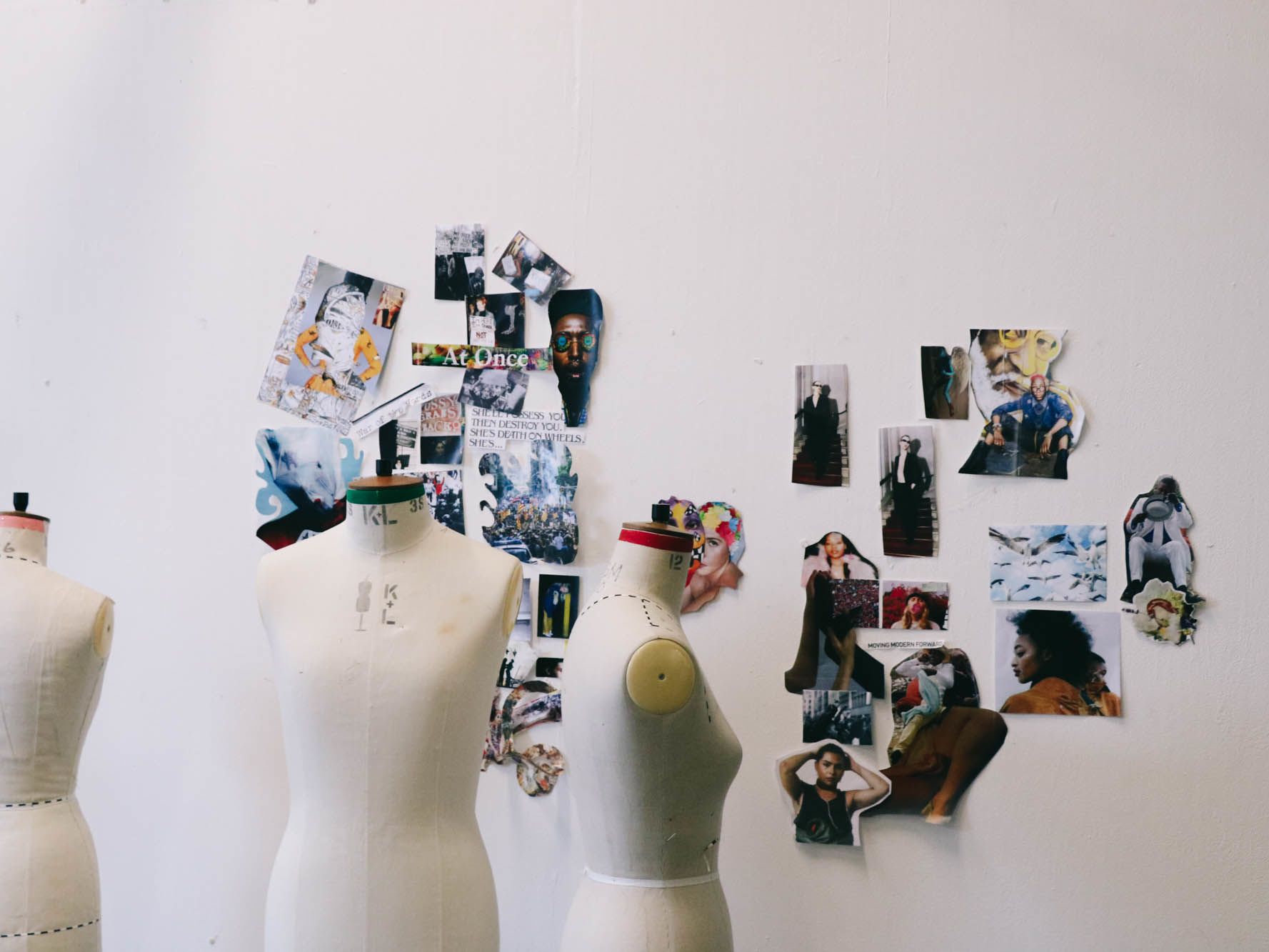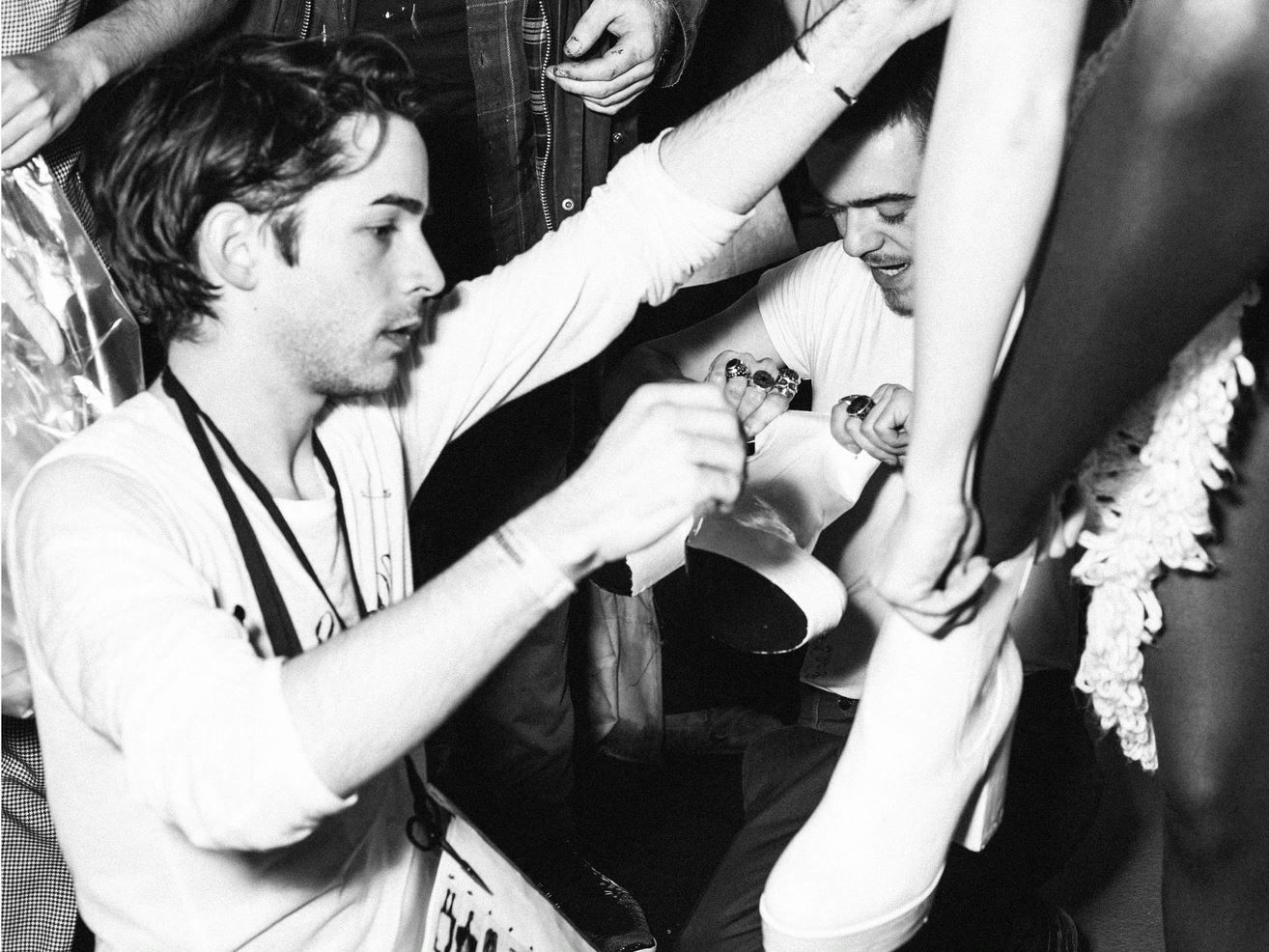Do you have an eye for fashion? Are you drawn to inspiring imagery, passionate about clothing and self-expression? Do you dream on being part of the fashion industry?
If this sounds like you, you may wish to explore a career as a fashion stylist. This article will cover what steps to take first, what your fashion styling portfolio should include and some myth-busting on what a stylist actually does.
This is for all you fashion fanatics. After nearly two decades working in the industry, I’m still just as passionate as when I was a teenager cutting photographs out of i-D magazine, to plaster over my bedroom wall. Some of you might be laser-focused on becoming a fashion stylist. Many of you will know you want to be in the midst of the action, but maybe you aren’t sure of exactly what a stylist does?
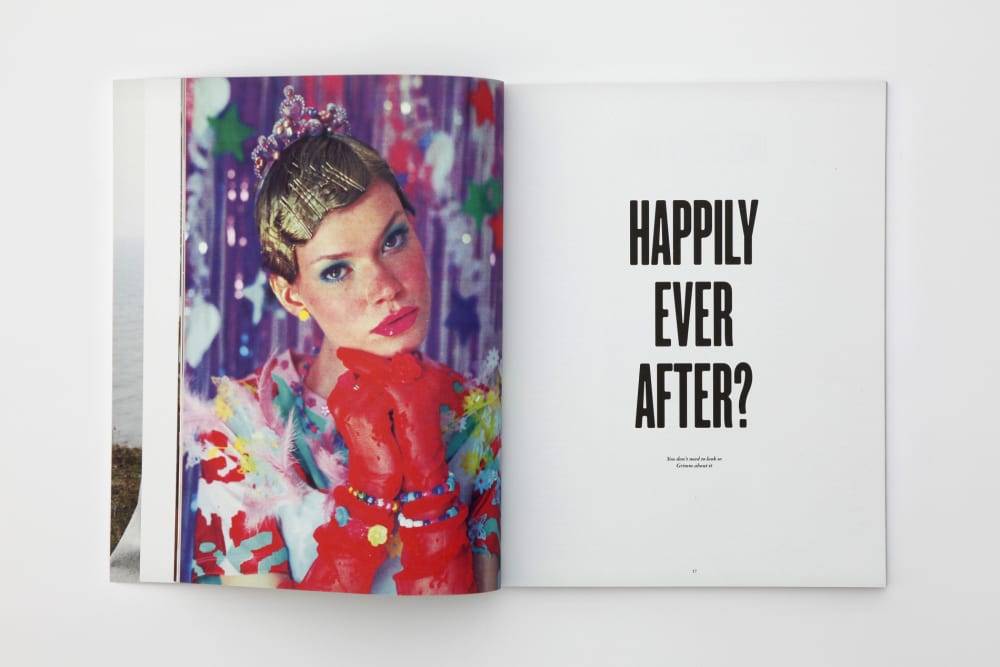
Over the years I have taught hundreds of students who took courses at London College of Fashion uncertain about which path to take (or how to get on the path, once they have figured out their goals.) One of my biggest inspirations is watching a student like this find their focus and jump into action, taking those exciting first steps.
It has been an incredibly challenging 18 months, and I am so thankful to be back in the studio working with my industry colleagues and groups of students. With steamers, wind machines and hair curlers fired up ready for action, we are super excited to welcome you back on set to work with models, photographers and the whole creative team.
As my two of my favourite courses start back up, I want to share some advice with you that will help you get started. In December I will be running the intensive three-week Editorial Styling and Creative Direction Short Course, a dynamic course full of exhibition visits, archive research, studio shoots and stimulating lectures. From January The Complete Stylist will be returning - taught over ten Saturdays. If personal styling is more your thing, my wonderful colleague Polly will be running her Principles of Personal Styling Short Course.
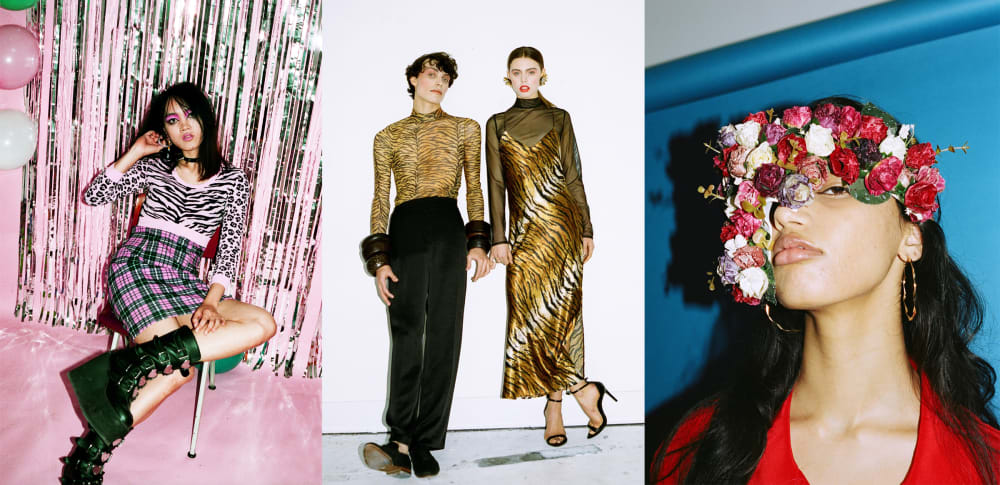
What does a fashion stylist do?
We set trends, collaborate with brands, shoot magazine covers and bring to life the pictures in our imagination. To break it down - a stylist dresses people, using clothing to communicate. It could be to make somebody look and feel great, to sell a collection, or to create an inspiring image. It is all about telling stories with clothes and it ranges from editorial, where your focus is following an editor’s brief to create a thematic fashion shoot, to personal styling where you dress real people, for their real lives.
Although clothing is an incredibly important part of the process, a stylist is rarely just putting together outfits. Most often we work with a bigger creative team sharing references, developing concepts, experimenting and collaborating to produce an original outcome.
Stylists work with musicians, fashion designers and brands as consultants – sometimes becoming part of the design process. Stylists may work as Creative Directors pushing the vision of a project, or as Fashion Editors responsible for the aesthetic of a publication. (networking and commissioning other stylists and creatives to contribute features and shoots.)
There are three key areas many stylists work across in Fashion Styling:

Editorial
Editorial styling is creating imagery for magazine shoots. These images are then used in both print and online publications.
Editorial is your creative work. It’s not created explicitly to sell and you’re not working for a brand. Instead, you are commissioned by an editor to produce imagery for a magazine or a media platform. To see this in action, pick up a magazine and skip past the advertisements (these are created by brands and then the brands pay to place their campaigns in magazines, usually in the first 20-100 pages of a publication depending on how much advertising they feature.) Anything past the advertising is likely to be editorial content – articles, still life shoots, interviews and portraits (and the most exciting editorial content for a stylist are the main fashion shoots). In fashion magazines like Pop, Love, Self Service, Arena Homme Plus, stories can be many pages long (sometimes up to 100!). In more commercially targeted magazines like Elle, Vogue or GQ a fashion shoot tends to come in under 20 pages.
Editorial is where most stylists build their industry “portfolio”, as it’s generally an opportunity to be more creative. It is where a stylist establishes their name within the fashion industry and builds their creative and professional network.
From the slick, elegant simplicity of Joe McKenna’s studio shoots, Lotta Volkova’s rebellious anti-fashion vision or Patti Wilson’s extravagant and theatrical storytelling - there’s a huge scope for the kind of editorial stylist you could become. Although the editorial is often unpaid or badly paid, it is often where we find the most creative fulfilment and it is also where we attract our commercial clients.
Commercial
Commercial styling is work that is created to sell a product as part of a wider marketing campaign. Think advertisements, moving imagery, look-books, creative content for a brand’s social media… even a catwalk show. Almost all commercial gigs within the fashion industry are given to editorial stylists, and so understanding the world of fashion editorial is essential to build a successful career as a fashion stylist; balancing your “creative” work with the much better paid “commercial” jobs and clients.
Personal styling
Personal styling is about dressing an individual: helping them audit their existing wardrobe, shop for core items that they might be missing, and helping build their personal style. Although, as a stylist, you may work across editorial, commercial and personal styling (as I have), it is important to note that personal styling sits outside of the fashion industry. It’s not quite the same as styling a musician or a celebrity – (somebody in the public eye) – where you work directly with brands and the press office, just like when working on a magazine shoot or brand campaign.
One of our personal styling tutors, Nada Dahab, weighs in: “A personal stylist is responsible for helping individuals not only find their own unique style but dress in a way that suits their body shape and lifestyle. A big part of what personal stylists do is to establish what their clients needs, followed up with research and planning.”
Read 5 reasons you should take Principles of Personal Fashion Styling Course.
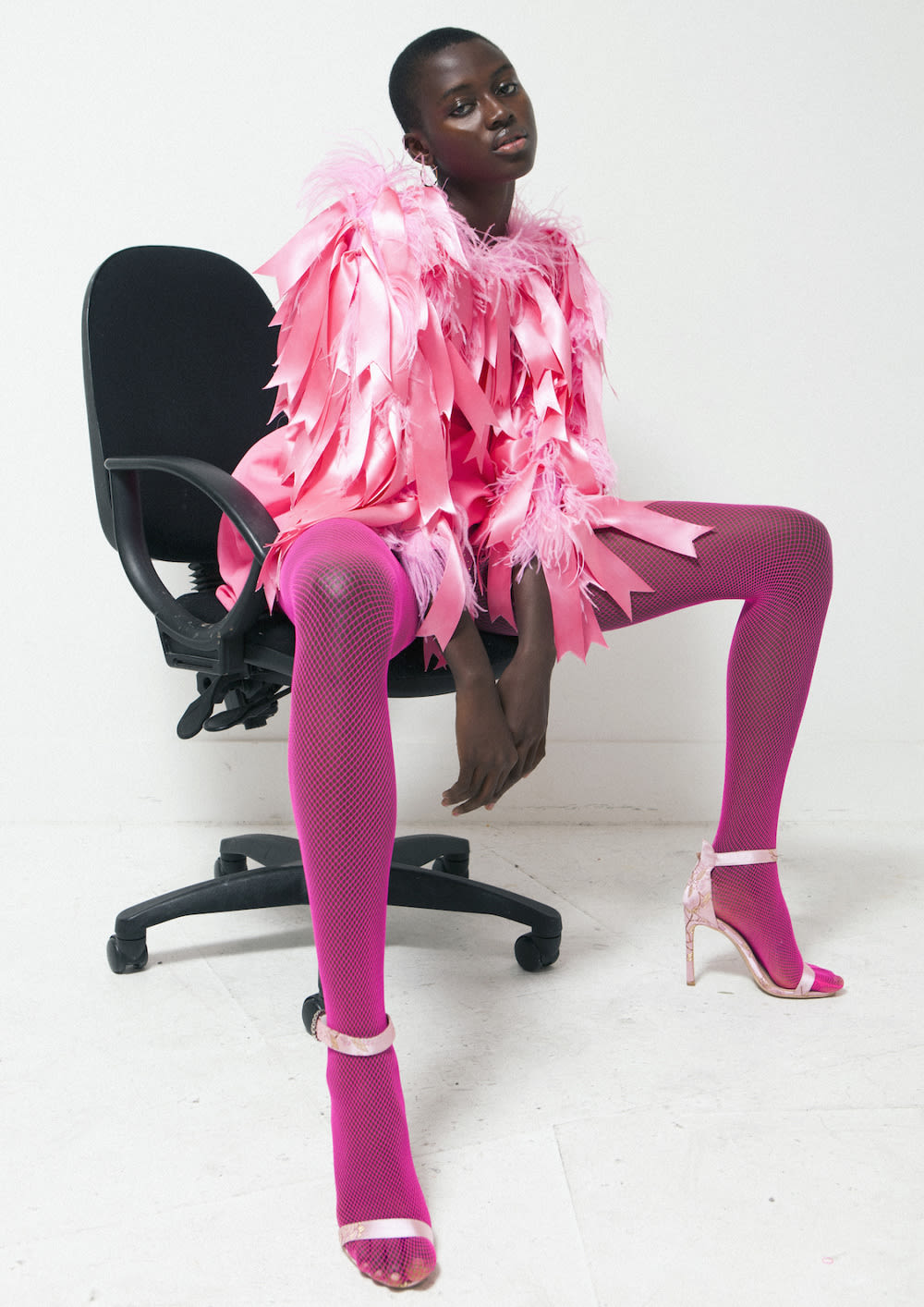
What does the job of a fashion stylist involve?
The stylist is involved in much more than just clothes on shoot. From the beginning, you are involved in the team’s effort to do the research and develop the concept. Fashion house stylists, not only dress models for the catwalk but also consult with designers and brands to shape the vision. What they want is your taste, your brain and your point of view.
So, if you want to be a stylist… let’s get to it.
Find your point of view
It goes beyond clothes. Styling is about aesthetics, politics, narratives, identity and creating value.
I personally don’t believe styling is a skill in the same way pattern cutting or the ability to learn a different language is. There are a lot of skills that make you a great stylist, like good research skills, being able to communicate visually, teamwork, answering a brief. But the actual styling part – it is not a skill. It’s not about one handbag matching a specific pair of shoes, or which colours must or must not go together. It’s a lot more personal. Styling can be transformative. It all depends on your viewpoint. Some stylists follow fashion and promote catwalk trends, others create more abstract, concept-led imagery that can completely change peoples’ opinions on fashion or beauty. Styling and creative image-making within the fashion industry can be a force for social change, visual representation or political rebellion.
Build your network
Building a network is key. Over 80% of job seekers say their network has helped with their job search. Be proactive, attend relevant events, keep up to date with the latest fashion news and be active on your social media platforms.
Here is a top tip: If you don't know models.com, it's your new best friend. Exploring their massive digital database, you will see that many shoots – editorial and commercial - are produced by the same teams. People build their networks and choose to work together again and again. I’ve worked with some of the same people for 15 years!
So, get your networking boots on! Find people in the same position as you who are willing to collaborate, get your name out there, reach out to people in the industry and learn from the experts.
Build a portfolio
My three golden rules for building your profile as a stylist: test shoots, networking and assisting.
Get yourself a bag of vintage clothes and a camera, or a friend with a camera. Find someone who looks interesting to model, a great location you can access for free or a blank wall in your flat. Don’t overthink it, just get started. The first shoots you do like this aren’t going to get published in magazines and you probably won’t even put them on your Instagram. It’s about practising, having fun, building your confidence. As your test shoots get more interesting and you start to create imagery you believe in, be bold and reach out to more people to collaborate with. Start showing your burgeoning portfolio to online editors, small magazines, independent brands. Remember it is a marathon not a sprint.

But you get loads of free clothes, right?
This is not a job about shopping. It is far too hard work and it's mostly not very glamorous! If you love shopping and you love wearing gorgeous clothes, then styling isn't necessarily the easiest to bridge to that destination. It’s not like in The Devil Wears Prada where the new assistant gets a freebie Chanel makeover! Sure, we get first dibs on sample sales and press discounts and the odd, fabulous gift, but we do it for the work
These are the most important steps to success for you to become fashion stylist, but of course, there is a lot to learn along the way. If you want to develop your skills, check out Editorial Styling and Creative Direction and The Complete Stylist.
